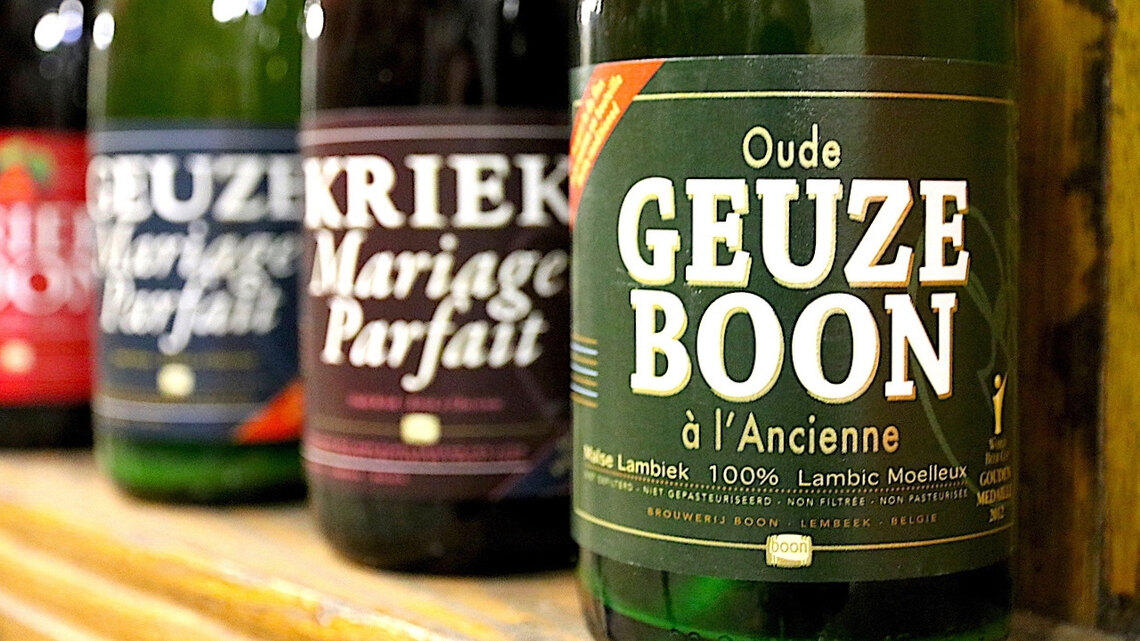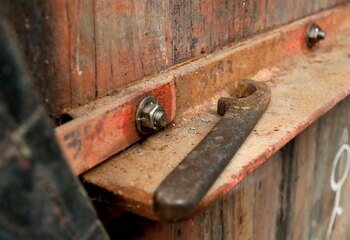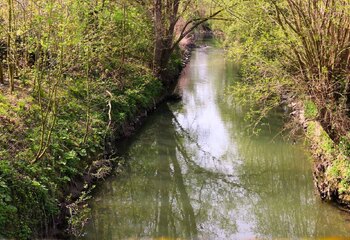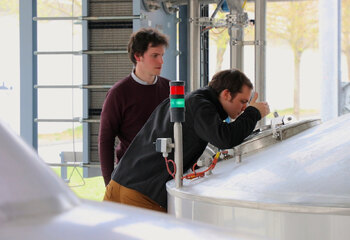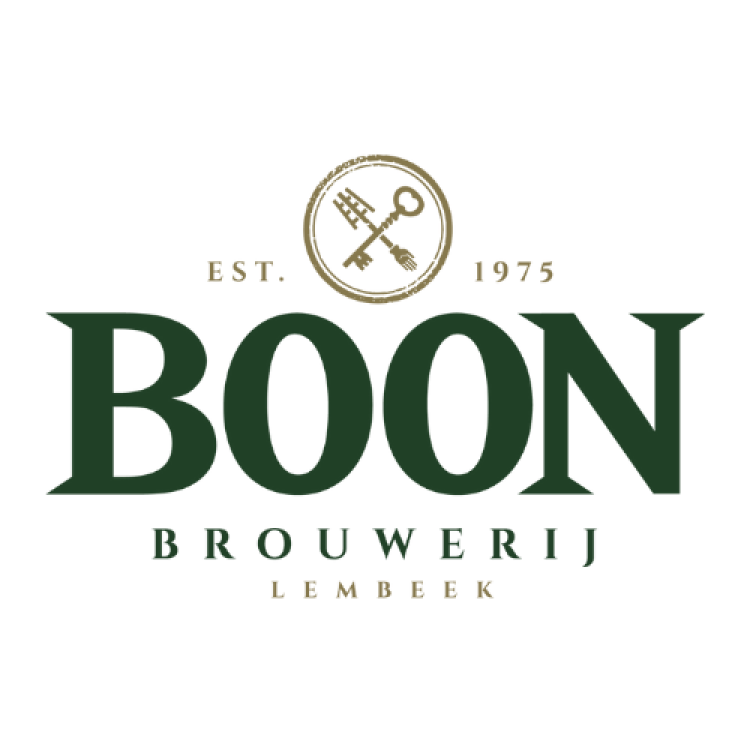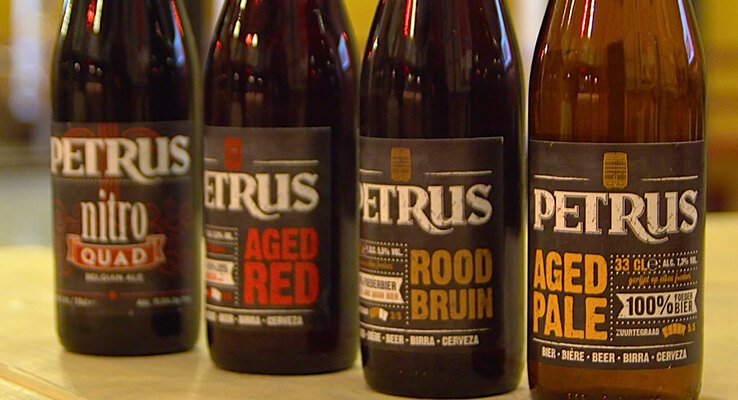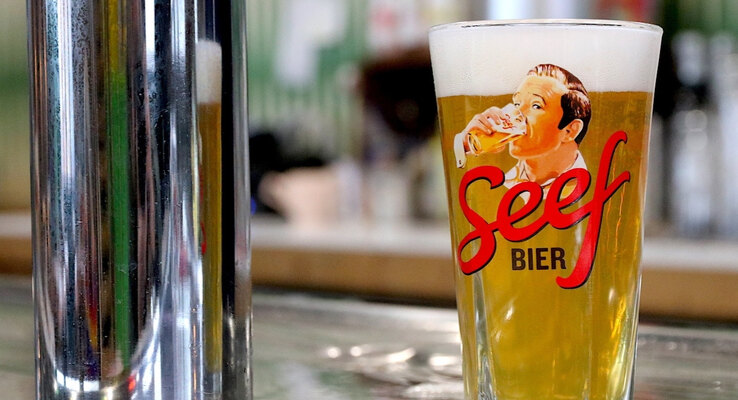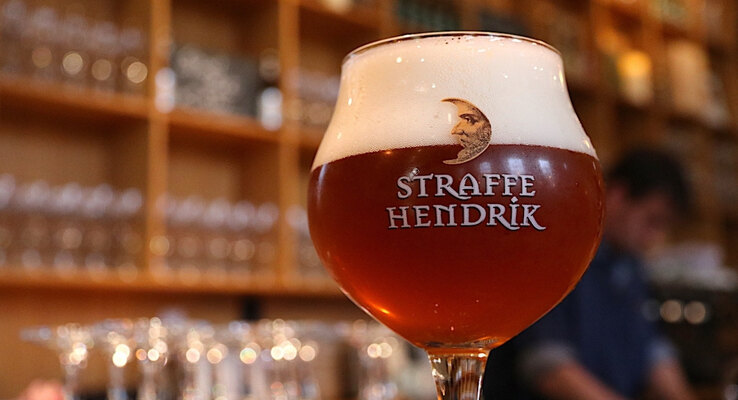"It was said that by the year 2000 this Lambic beer style would not exist anymore."
When you travel from Brussels to the south-west you enter Pajottenland, an agricultural region of Belgium. It’s better known for the production of Lambic beers. The town of Lembeek - what’s in a name - was our destination for the day. This town is the home of Brouwerij Boon.
Oude Geuze Boon
In the 1970’s a lot of Belgian Lambic breweries and blenders were closing. This was also nearly the case for blender René De Vits who was the owner of a brewery that dates back all the way to 1680. As René was not married he had no successors.
Frank Boon had become really interested in Lambic and had started producing Geuze beers in nearby Halle in 1975. He was able to take over the brewery of René De Vits and although the Oude Geuze beer style was far from popular at the time, Frank Boon was a man with a mission.
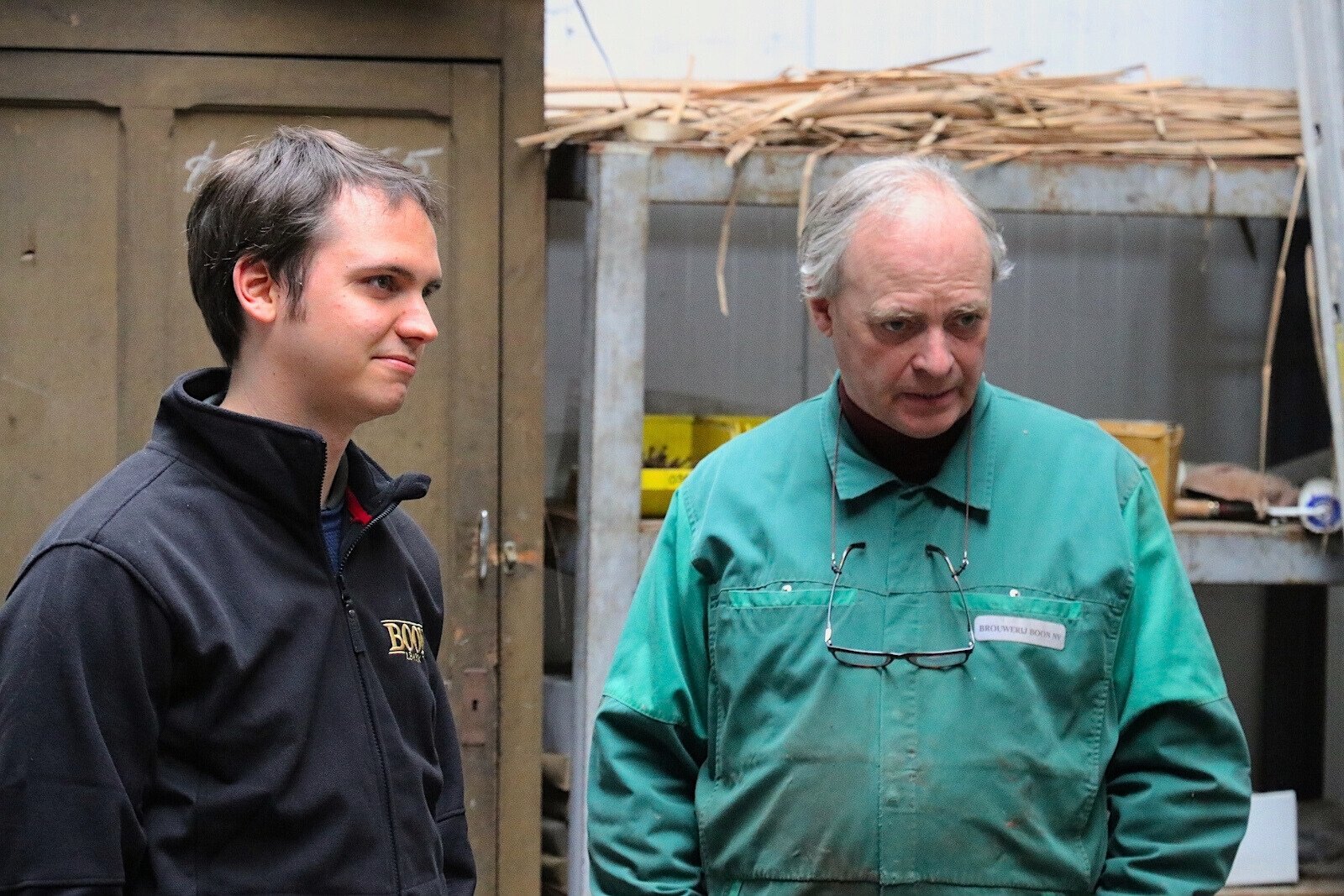
Compromising on quality has never been an option and in the end that attitude paid off. The brewery eventually became too small and Brouwerij Boon moved to a new location in Lembeek where in 1990 the first batches were brewed. In the years to follow Frank Boon generated renewed interest in Lambic beers and became probably the most well known of the Belgian Lambic brewers and blenders.
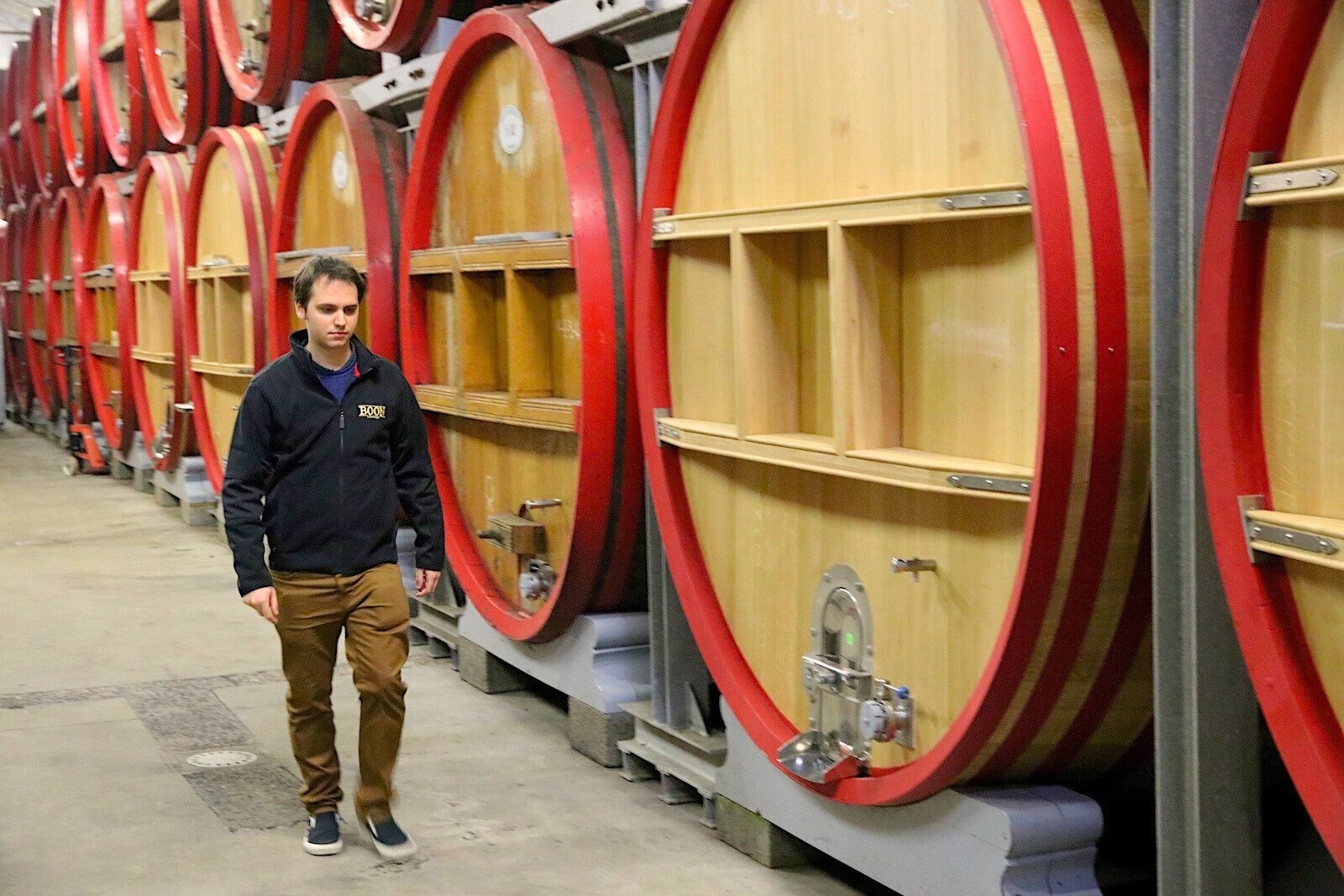
Boon Brewery and the association of Belgian Family Brewers
Brouwerij Boon is the latest addition to the association of Belgian Family Brewers that consists of 21 independent family breweries that have been making beer for at least 50 years. Genuine Belgian beers, brewed in Belgium on a brewery site recognized by the Belgian Family Brewers, that is. And yes, the future of the brewery is secured as Frank’s son Jos joined the business in 2012. Karel, his other son, went into the family business in 2017 and was so kind to spend a big part of the day with us.
Lambic beer styles
If you’re not familiar with these beer styles it all might sound a bit confusing. A real short explanation might be in place. Lambic beers have been brewed in the Pajottenland region for more than five hundred years. These are beers of spontaneous fermentation. That’s a whole different ballgame compared to mainstream commercially produced beers.
Commercial beer brands use selected, specific types of yeasts, mostly of the Saccharomyces family. The whole brewing environment is in absolute control. Lambic beers on the other hand are brewed with wild yeasts, of which the Brettanomyces, also referred to as ‘Brett’, is probably the most significant. The freshly brewed Lambic beer is poured into an oversized bathtub called a ‘coolship’ and through the open windows or shutters these wild yeasts descend on the Lambic and do their work.
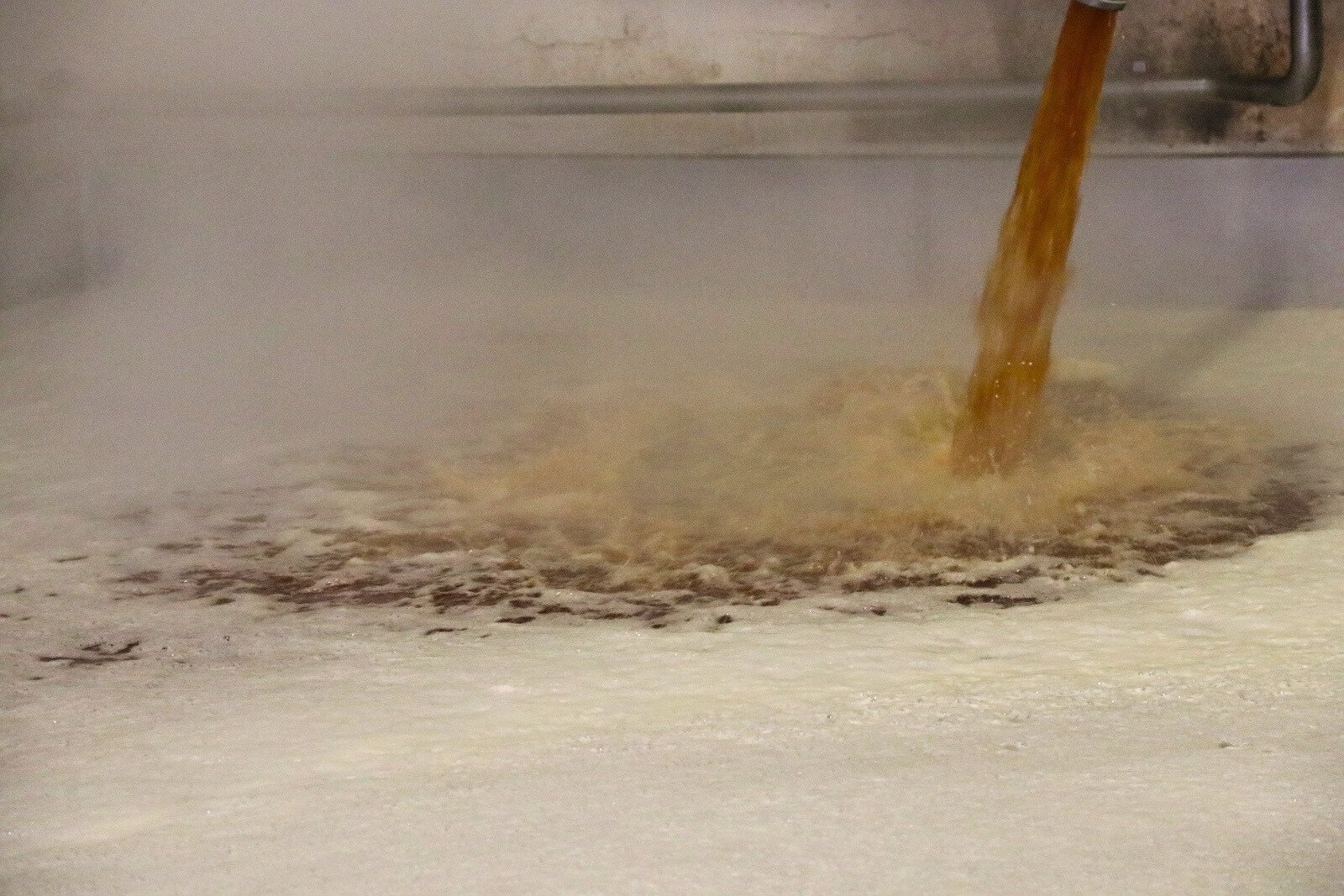
Afterwards the beer goes into giant barrels called ‘Foeders and stays they for years. Now you are able to blend with these beers from different ages and different barrels. So is an ‘Oude Geuze’ a blend from young and old Lambics, that has a second fermentation after bottling. At Brouwerij Boon this traditional brew style and modern techniques like a computer controlled brewhouse, all come together to produce some of the best Lambic beers.
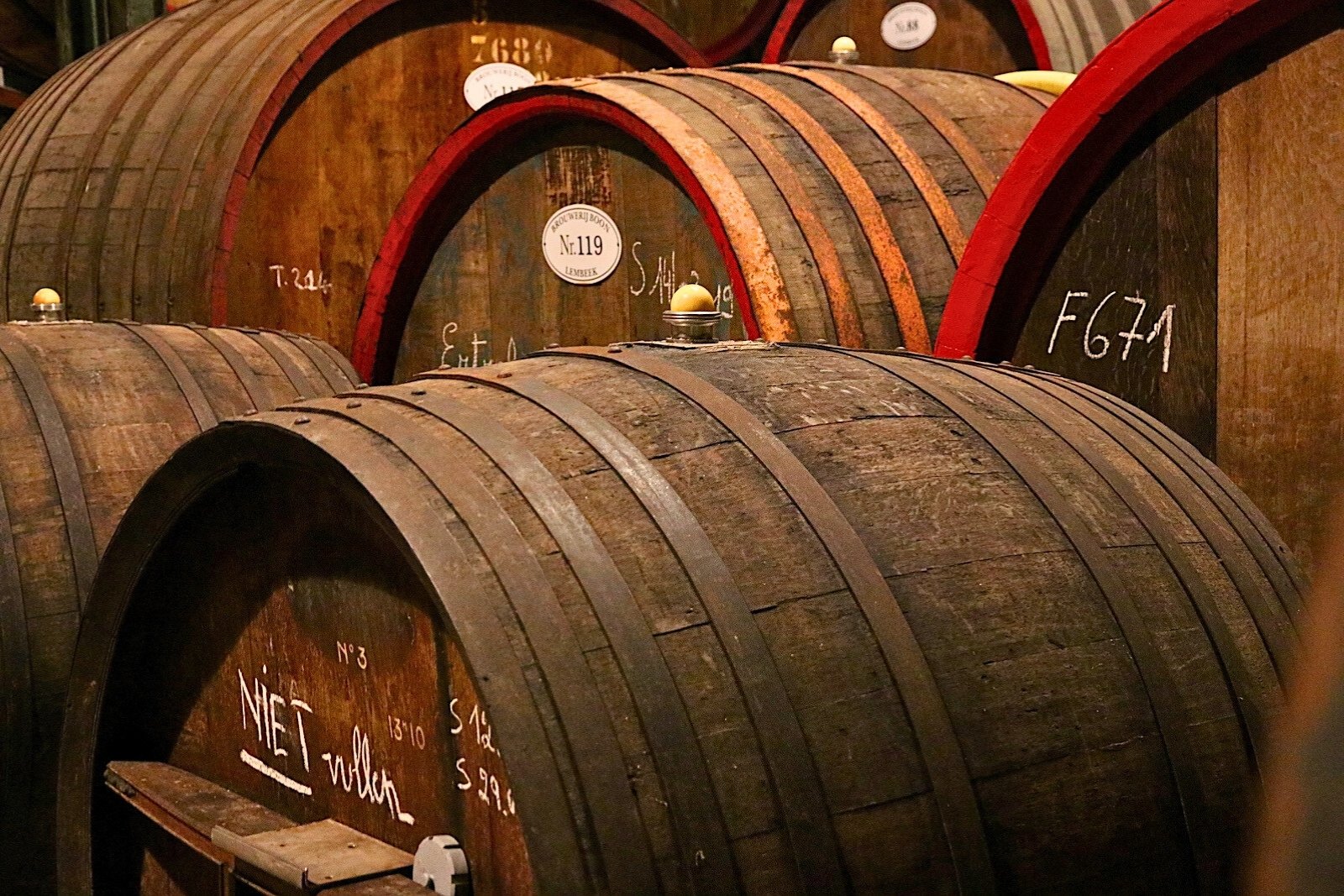
Pajottenland and Zenne Valley
The Pajottenland region is situated in the Flemish Brabant province, south of Brussels. Obviously Lambic beers are easily available in the beer bars and restaurants of Brussels. But if you like Lambic beers, exploring Pajottenland and the Valley of the river Zenne is a must. You might want to start off paying a visit to De Lambiek Visitor Centre in Beersel before you head off to the different breweries and blenderies in the region.
Definitely worth the half an hour ride from Lembeek, the home of Brouwerij Boon, is a visit to traditional Payot café In de Verzekering tegen de Grote Dorst (In the Insurance against Great Thirst). Here they serve one of the largest Geuze and Kriek selections you’ve ever seen, including Oude Kriek Boon and Oude Geuze Boon. Only opened every Sunday!
Updated: 06-04-2025
